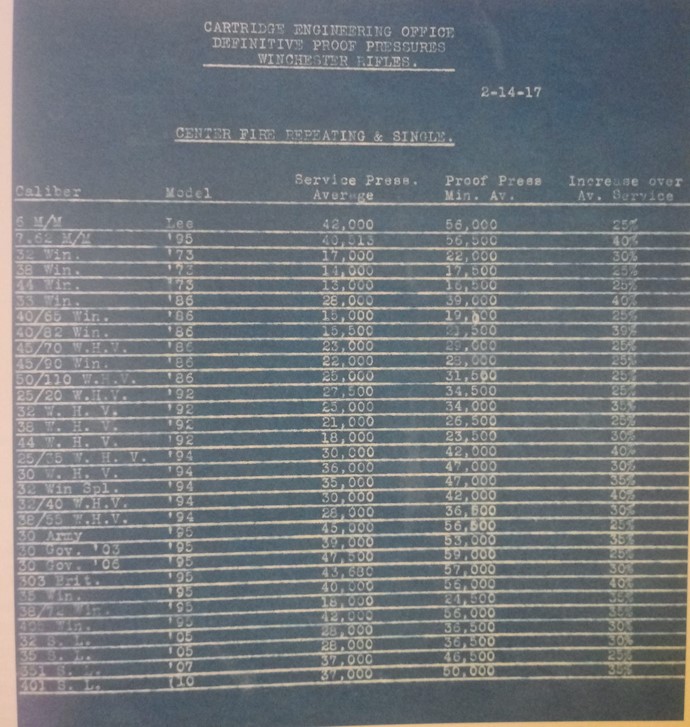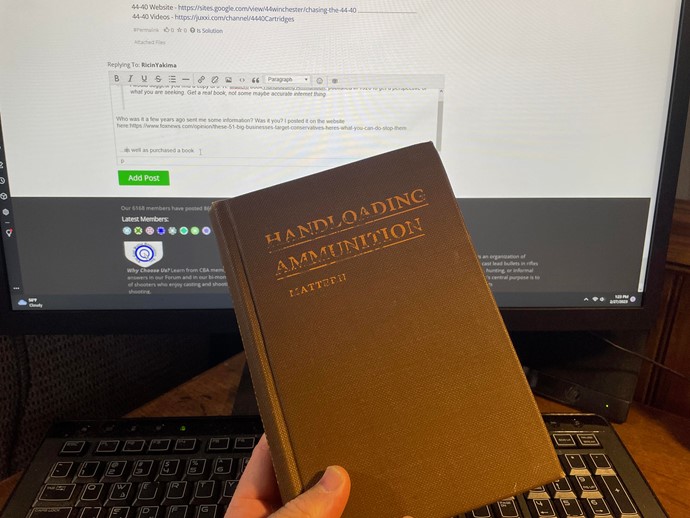Aaron
posted this
24 February 2023
As in years past, and to the continued frustration of the modern reader, the definition of A or B is in the description and opinion of the author. What is "Big Bore" or "High Velocity" or "Acceptable Accuracy" among others? Due to no standardization agency for adjective usage, any word can be used to describe a set of cartridges as meeting criteria for the scope of the immediate story or paper.
SAAMI does not describe or define "Big Bore", "Loud", or as we have bantered about previously, "Rifle Cartridge" or "Pistol Cartridge". These and other terms used are at the discretion of the author, the manufacturer, or the "expert" reviewer.
We can point out a range of velocities per time period and categorize them into separate classifications like "slow", "medium", and "high." We can do the same with pressures. We can demonstrate how both velocity and pressure change over the course of time and the classification scale has shifted and/or grown in length. Some cartridges will jump from one class into another as the scale gets modernized. Classification categories and classes are period sensitive. That we can agree upon for sure.
Since there is no regulatory or other recognized authority defining the pressure spectrum, it is incumbent on the author, you in this case, to define the pressure spectrum. It will be whatever you decide it is for your paper. We can either agree or disagree with your findings. Since I have no desire to tackle a pressure spectrum with definitions and classifications, I choose to accept your analysis when you publish - unless of course, your analysis is way out of the ball park. 
Please however drop CUP as a descriptive standard. The English dropped "stone" so we can drop "CUP." Both are obsolete terms with the invention of scales and pressure transducers.
With rifle in hand, I confidently go forth into the darkness.













